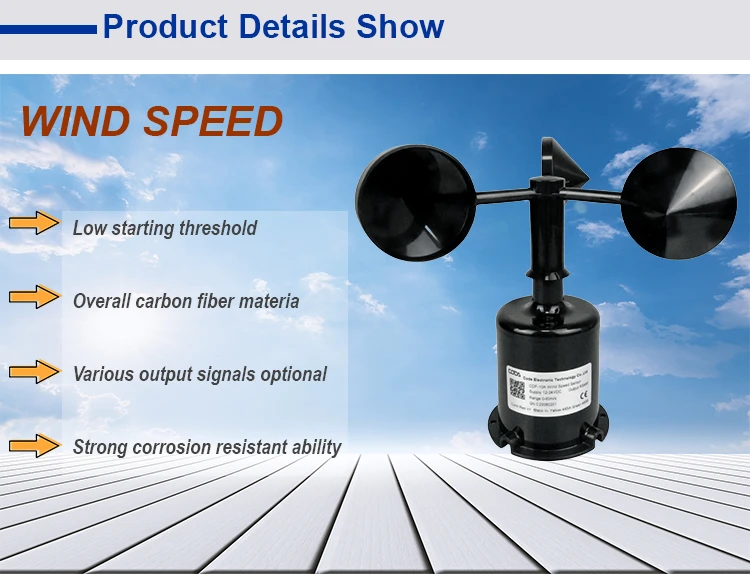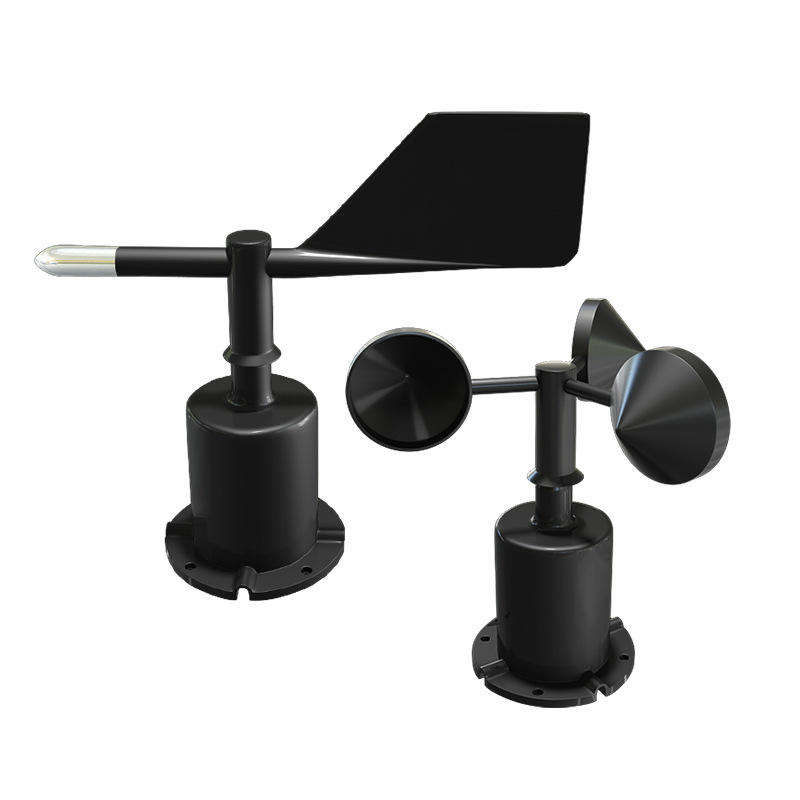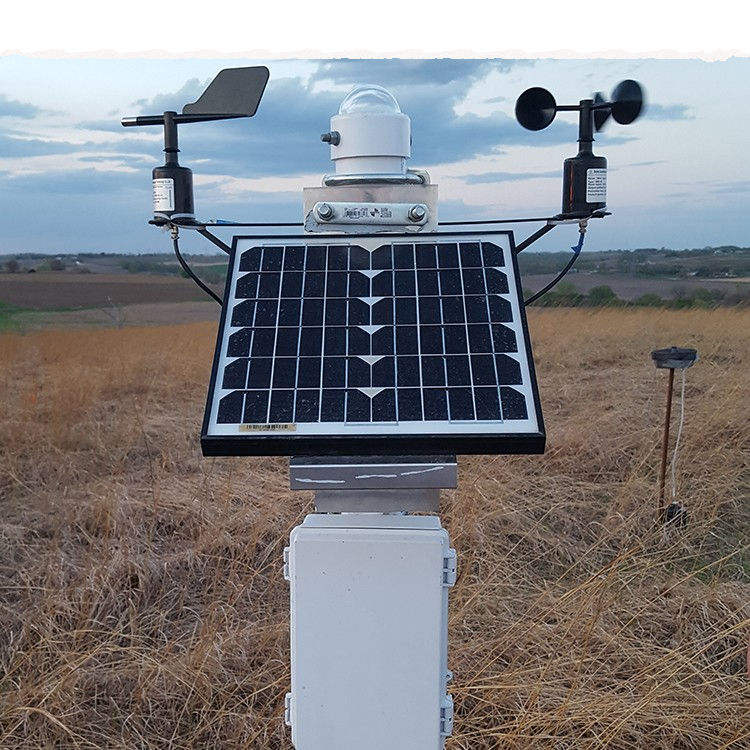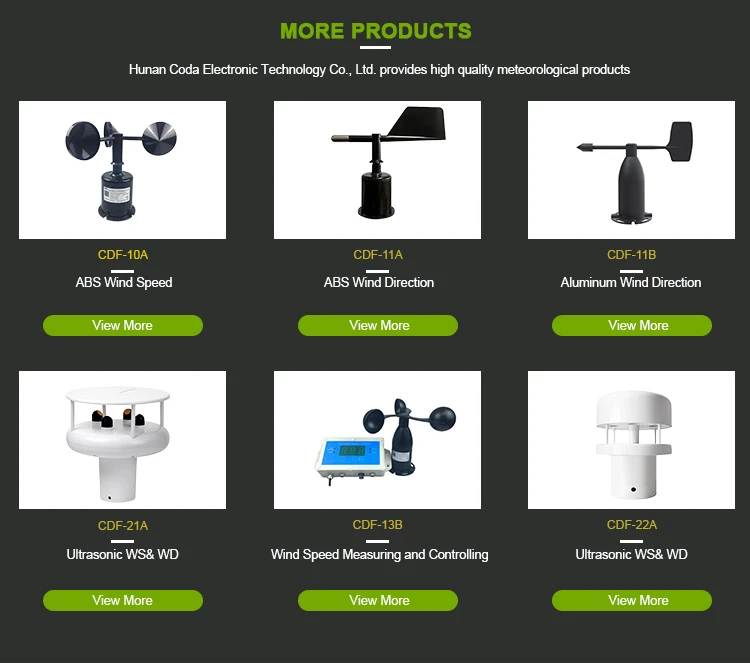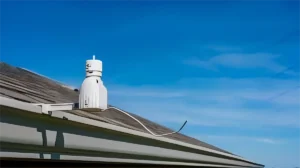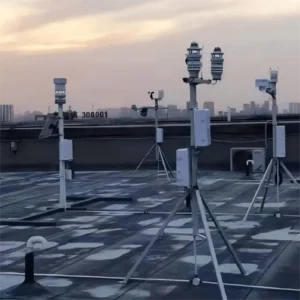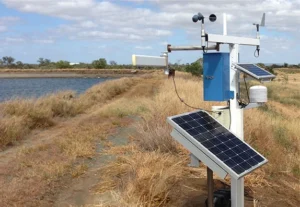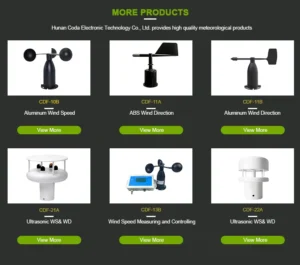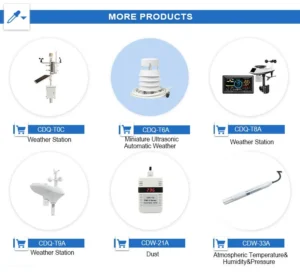Wind Speed and Direction Sensors in Modern Agricultural Practices
1. Introduction
In modern farming, sensors that measure wind speed and direction are important. They help farmers check the weather. These advanced tools help farmers check wind conditions. They give real-time data that helps understand the local climate on their farms.
Farmers can use this information to make better choices. This helps them farm better. They can grow more food, waste less, protect the environment, and make their crops better.
This article looks at how sensors for wind speed and direction are used in farming. It shows how important they are for today’s farming methods.
**Key Applications of Wind Speed and Direction Sensors in Agriculture**
1. **Provision of Real-Time Meteorological Data**
Wind speed and direction sensors provide us with important weather data. They do this by measuring wind conditions in the atmosphere. These measurements give a simple way to understand the microclimate. This helps farmers plan and manage their work better.
2. **Mitigation of Natural Disasters**
Watching wind speed helps give early warnings about severe weather events like strong winds or typhoons. This helps farmers take steps to protect their crops and buildings. It helps lessen damage from natural disasters.
3. **Enhanced Irrigation Management**
Wind data plays a critical role in optimizing water usage. Strong winds can cause soil moisture to evaporate more quickly.
This prompts farmers to change their irrigation schedules. They do this to meet the water needs of their crops. This helps make resource management better.
4. **Increased Agricultural Productivity**
Mechanized farming operations are often influenced by wind conditions. Strong winds can impact how well and safely we spray pesticides or fertilizers. Sensors help find good conditions. They make tasks more efficient and keep operations safe.
5. **Prediction and Prevention of Meteorological Disasters**
Wind speed and direction sensors are useful tools. They help predict bad weather, like strong winds and typhoons. Farmers can use real-time data to protect their crops.
They can make greenhouses stronger. They can also tie down fruit trees to prevent losses. These data also help systems that warn about weather disasters. They make these systems better so they respond well and are more accurate.
6. **Optimized Pesticide Application**
Efficient pesticide application is vital for pest and disease control in farming. Farmers can use wind sensors to find the best times and directions for spraying. This helps reduce pesticide drift. It helps treatments work better and keeps the environment safe.
7. **Greenhouse Climate Management**
For greenhouse farming, it is important to keep an eye on the wind. This helps control the ventilation systems.
Changing the airflow creates a good environment inside. This helps crops grow strong and healthy. It also lowers risks from harsh outside conditions.
8. **Support for Agricultural Research**
The data collected by wind sensors helps not only with farm management but also with agricultural research. Researchers use these findings to see how different wind patterns affect crop growth.
They also look at how these patterns affect pests and diseases. These studies help create better farming methods and tools.
9. Guiding crop planting and management:
Knowing the wind speed and direction helps farmers see how air moves over their land. This information helps them pick the best ways to plant crops. In areas with strong winds, farmers may choose wind-resistant crop types.
This helps reduce wind damage and supports healthy growth. Wind data is useful for planning key farm practices, such as irrigation and fertilizer use. This ensures crops grow well.
10. Optimizing the use of agricultural resources:
Using data on wind speed and direction from sensors helps farmers know the weather on their land. This knowledge helps them use their resources better. For example, in places with strong winds, farmers can set up wind power systems.
This helps them use renewable energy for farming. In places with little wind, we can use other energy options to reduce production costs.
Conclusion
Wind speed and direction sensors are important for tracking weather in farming. They give real-time data to help with crop growing and farm management. And they also predict and reduce weather risks.
They help us use resources better and support research in farming. As farming changes, using these sensors in agriculture will become more common.
